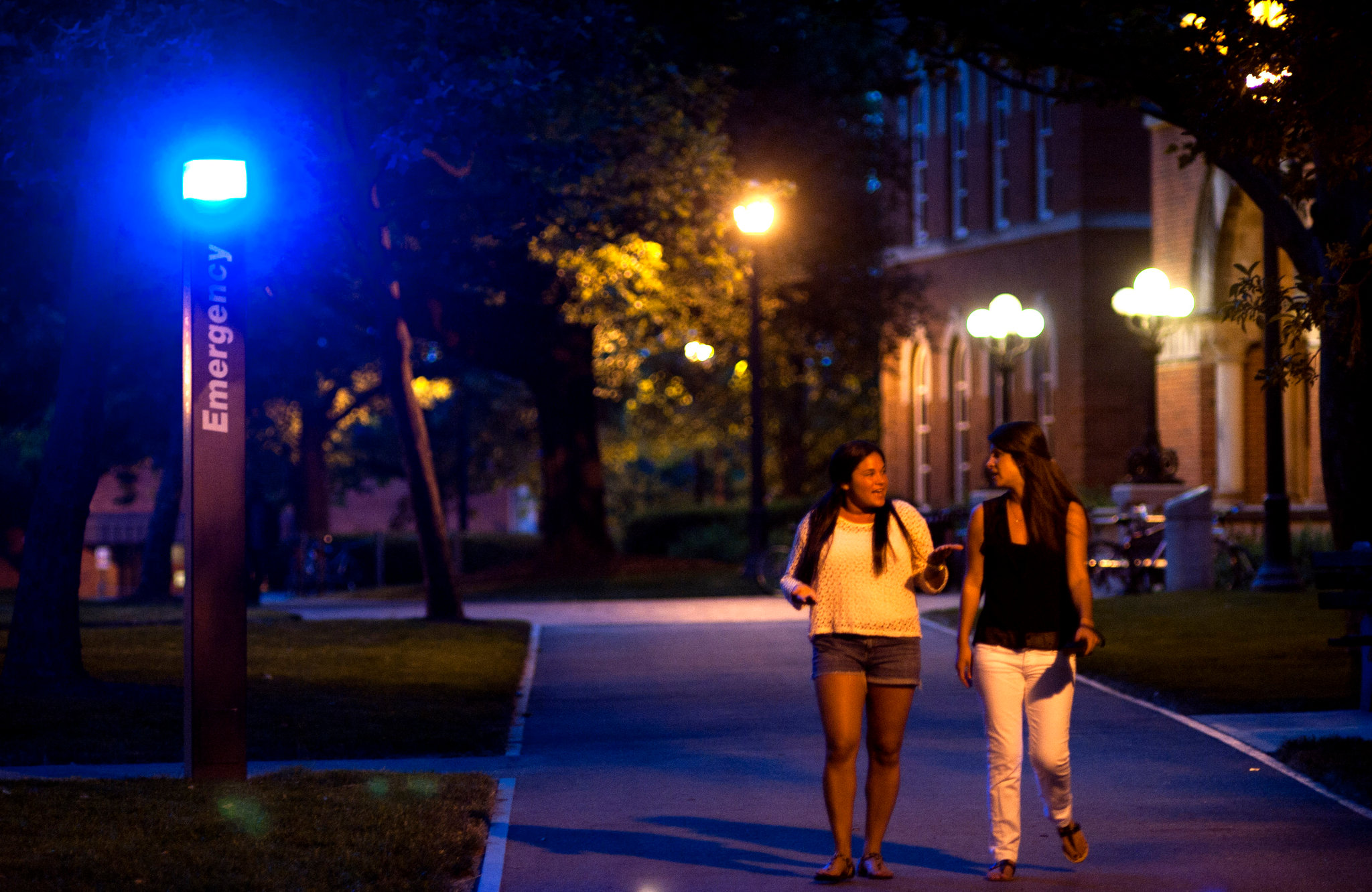While defining our project, we made a variety of assumptions about the potential end users of our product. These assumptions include:
- Our users are College Students. There are a variety of locations on college campuses from which people travel between locations. This includes numerous resident halls, dining halls, and academic buildings. We are assuming that many students travel individually and in more isolated spaces outside, where it is more likely for them to feel unsafe or uncomfortable.
- College Students travel at night. Students are often traveling across their campuses in the dark, especially during winter months when daylight hours are shorter.
- College Students may travel alone. We are targeting college students who travel alone as these students are more likely to feel or be unsafe than those in groups.
- Current safety measures are subpar. There are several existing modes of protection for students, including:
- Smartphones—these can be used to call friends or emergency services, or allow enabled contacts to track one another. There also are a variety of specific safety apps that use GPS tracking and are enabled to make emergency calls.
- Smartwatches/wearable safety devices—these typically provide similar functionality to smartphones.
- Physical deterrents—flashlights, pepper spray, and tasers are all examples of gear students may carry to improve their feeling and overall safety at night.
- The current blue-light system—can be used to make emergency phone calls to Public Safety, flash their light, and campus police responders navigate to the location of the emergency.
- Addressing End Users “Feeling Safe”: We recognize that our one solution cannot solve every issue for everyone, but our goal is when an individual uses our solution, they feel safer and that the user is more confident that if they would require assistance, it is easier and quicker to get it. The increased visibility and accessibility of our solution aims to increase the user’s access to emergency resources. We aim to create another tool in a student’s toolbox to have a safer experience on campus along with current measures such as a student’s cell phone, Public Safety patrols, and current blue light systems. Our solution would be something a student could choose to use if they want, but it would not be a forced all-encompassing solution. Even though we do not seek to have a solution to provide any sort of physical protection from an assailant, our solution will be the link to the physical protection such as the police or Public Safety.

https://www.nytimes.com/2012/07/20/education/edlife/students-fear-venturing-out-alone-at-night-on-campus.html